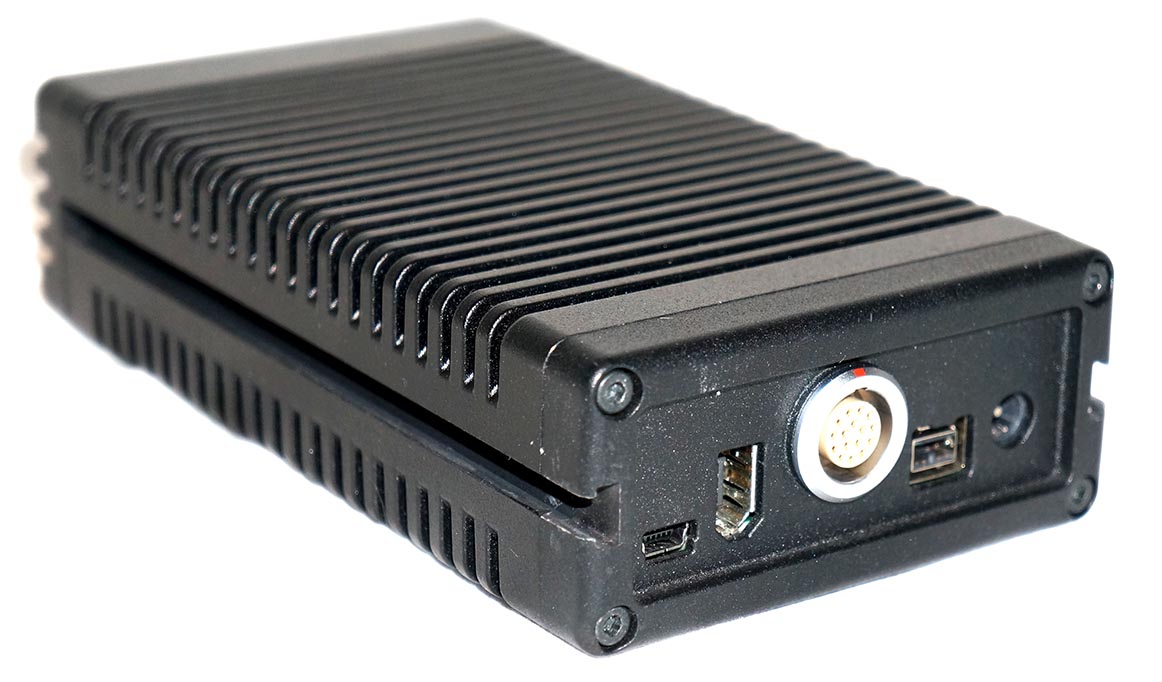The 7 Video Transfer Methods of SBN3 Vids (Patreon)
Content
I see tons of talk on what camera for this and that, but when you start exploring different video systems from a variety of different eras, the thing that gets your footage to the computer is one of the biggest pains in all of video production.
In this post, I thought I'd go through the many devices I've had to use over the years for providing broadcast level live action content.
(Be warned, some of these are covered in dust because they'll go for a year or two without being used.)
1. SSD to USB 3 dongle

It may surprise some who've only shot on consumer cameras, but the data output for modern cameras has gotten so big that recording straight to an SSD has become the sensible solution. Most of the time you pop one into a recording monitor like an Atomos or Odyssey 7Q, get a nice data-to-dollar ratio and just plug it in like any external.
2. RED Mag Reader

Anyone who's ever shot with a RED camera has come into contact with one of these at some point. RED is known for being super proprietary and honestly overpriced, their DSMC1 and newer cameras utilize something like the REDmag reader, the SSDs are essentially identical to the drive listed earlier, but RED gave them a special casing so they could charge more and force you to use this little box.
3. Codex CF Card Reader

After I got a Blackmagic Pocket 6K camera, it was pretty much a necessity to grab one of these. CFast 2.0 cards are a much faster version of the CF cards from the late 2000's. I actually picked this box up in a CFast bundle even though I already had one from Microcenter a month prior. Let me know if you wanna buy my Sandisk one!
4. Sony SxS card reader USB 3.0

Yet another proprietary device! If you couldn't tell, the cinema industry is plagued with this sort of thing. Company puts out a new camera and thinks their media format will be the next SD card... then they fail and your stuck with a camera that can only use one type of needlessly expensive card. SxS was Sony's special format released around the late 2000's for their XDCAM and CineAlta lines of cameras. On the card itself, you see an "XQD"... the next decade Sony decided to release yet another proprietary format! That SxS shaped card holds a smaller XQD card inside of it.
5. Panasonic P2 card reader

You guessed it, Panasonic had their own proprietary format... this one is probably the most obsolete of them so far. P2 cards were made for the late 2000's Panasonic P2HD and Varicams, back when solid state HD recording was expensive. Of course they would boast this was the most secure form of capture and whatever who cares.
This along with SxS is left in a limbo market where they were super expensive when they released, yet no one wants them anymore (except for people like me). So the Gen Xer sellers are asking more money than anyone considering older options is able to pay for... so they're just left to a landfill once they're totally worthless.
6. Blackmagic Analog-to-SDI Converter

If you ever wondered how I got cameras from the 1970's to work for Sludge Lord Sundays.. this was how. Generally I'd get the signal converted in this box and send the digital output to a recording monitor to go straight to SSD. It also allows you to use those super old cameras for live capture as well. Always handy to have this one around when playing around with any camera before 2000.
7. Sony UVW-1800 Betacam SP Deck

Easily the most archaic device I own... and no I don't use this to get our tape effects, that's TabascoSauceBoss with a Panasonic AG-7350 sVHS VCR with a Canopus capture card. I exclusively use this tape deck for when I shoot to Betacam tapes in my Ikegami v59W. Honestly I've only used this deck for testing and the Cody Faxton MTV Diary video. There's definitely some audio sync issues when I use it in tandem with my Blackmagic Analog-SDI converter, so I haven't really been excited to use the thing since...
And that's pretty much it! A lot of gear goes into a diverse content output.
There's others I could mention but I sold them long ago. One honorable mention was the RED One MX had it's own external hard drives and the ports to connect it to PC were built right into the drive case itself...

